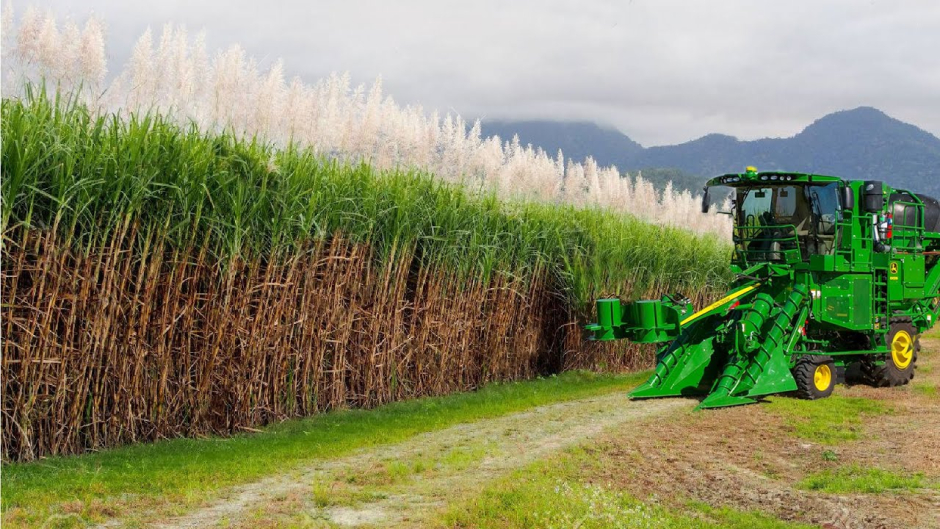The Agriculture Department experts have issued an advisory notice to the farmers and growers of Sugarcane all over Pakistan to use the latest technologies for the cultivation of sugarcane. The Department has concluded from a study that Pakistan’s average sugarcane growth per acre can increase by 40 to 50 tonnes if the farmers use the latest technologies for production.
One of the Department’s spokesperson told the press on Monday that February and March was the best time for Baharia cultivation of sugarcane crop. Therefore, the growers should immediately start cultivation of sugarcane and complete it up to mid-March as late sowing could hamper the quality as well as quantity of the production.
The sugarcane varieties that have been approved by the department are, CP-77-400, CP-72-2086, CP-43-33, CPF-243, HSF-240, SPSG-26, SPF-213, SPF-245, and COJ-84. More information in this regard could be obtained from the agriculture helpline or from field staff of the agriculture department, he added.
He said that farmers should cultivate sugarcane crops over the maximum space of their lands as it was the fourth major crop in Pakistan after wheat, cotton, and rice whereas it would also play a dynamic role in mitigating the financial suffering of the growers due to its attractive market value.
“The sugarcane crops would also play a major role in catering to domestic food requirements. Hence the farmers should use approved varieties for cultivation. The latest techniques could also play an effective role in enhancing per acre sugarcane yield.”
Pakistan’s neighboring country India has been way more efficient in terms of updating their methods of farming and has successfully integrated modern technology into their agriculture. The Government of India has continuously been focusing on the transformation of the agriculture sector through the intervention of newer technologies including Kisan Drones.
The new technologies developed in recent years have significantly enhanced the production of food grains, fruits, vegetables, milk, meat, egg, and fish, and addressed the farmers’ specific needs despite land resource limitations, increasing weather uncertainties, and emerging more virulent pests and pathogens.
Union Minister of Agriculture and Farmers Welfare Narendra Singh Tomar informed the parliament. He also informed us about the funds amounting to Rs. 126.99 crores have been released for the Kisan Drone promotion based on the proposals received so far.
The new technologies developed have significantly enhanced the production of food grains, fruits, vegetables, milk, meat, egg, and fish, and addressed the farmers’ specific needs despite land resource limitations, increasing weather uncertainties, and emerging more virulent pests and pathogens.
These agricultural technologies helped in increasing the production of cereals, pulses, oilseeds, sugarcane, and milk from 234.87, 17.15, 275.11, 3623.33, and 146.31 million tonnes in 2014-15 to 288.03, 27.69, 376.96, 4318.12 and 209.96 million tonnes in 2021-22 respectively.
The Government of India has made concerted efforts at the central level for convergence in its activities and programs for the welfare of Self Help Group (SHG) members. In order to give impetus to this convergence initiative across the country, a meeting under the Joint Chairmanship of Secretary (RD) and Secretary (A&FW) was held here in hybrid mode (virtual and physical).
Read More:











